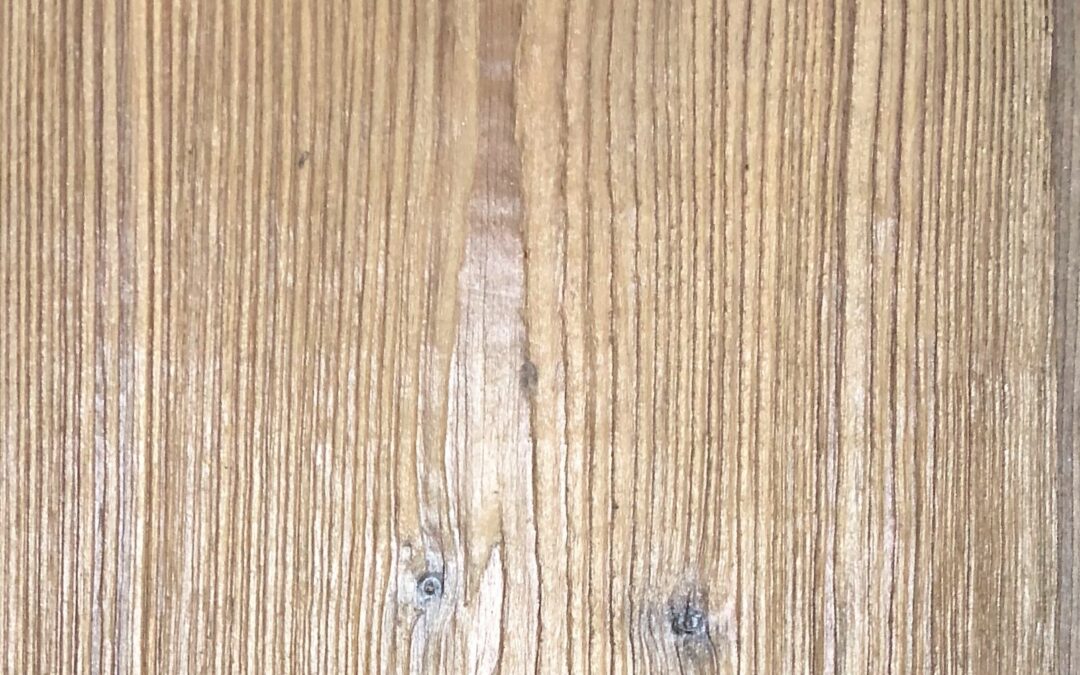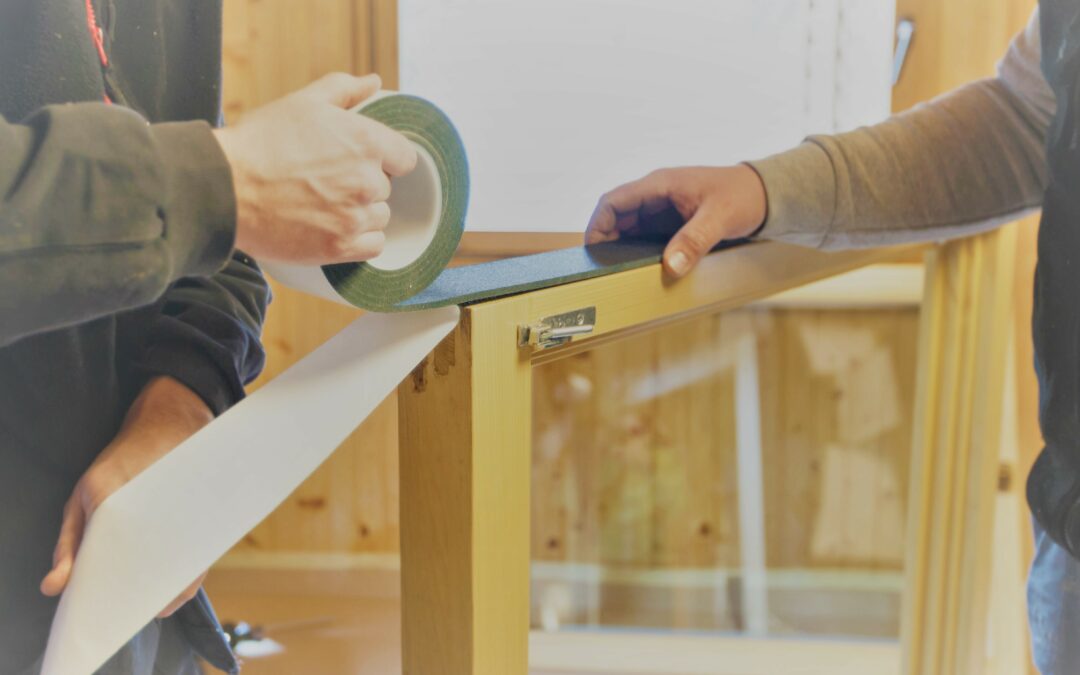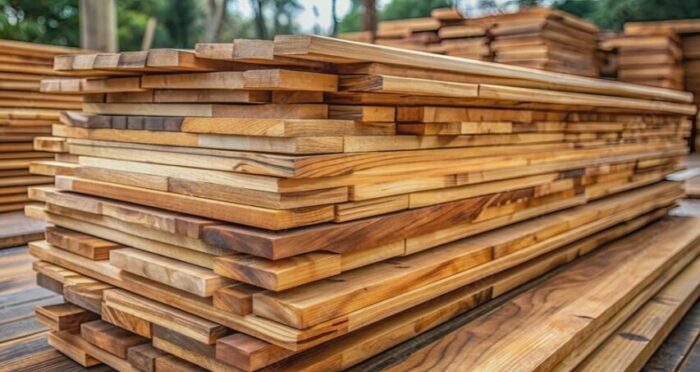
Double Hung vs. Simulated Double Hung Wood Windows: Understanding the Distinction for Historic Properties
When selecting windows for your home, understanding the nuanced differences between window styles is essential for making an informed decision that balances aesthetics, functionality, and long-term performance. This distinction becomes even more critical for property owners in historic districts or landmarked buildings, where window replacement must meet stringent preservation standards. At Chablais European Windows, we specialize in crafting authentic wood windows that honor traditional design while incorporating modern engineering excellence. Today, we explore the important distinction between true double hung windows and simulated double hung windows—two styles that may appear similar at first glance but offer vastly different operational characteristics.
What Is a True Double Hung Wood Window?
A true double hung window represents one of the most versatile and time-honored window designs in architectural history. This classic configuration features two separate sashes—both the upper and lower portions of the window—that operate independently and can slide vertically within the frame. Both sashes are fully operable, meaning you can open either the top sash, the bottom sash, or both simultaneously to achieve precise ventilation control.
The beauty of authentic double hung wood windows lies not only in their operational flexibility but in their superior craftsmanship. At Chablais European Windows, our true double hung windows are constructed from premium multi-ply laminated wood, ensuring dimensional stability, resistance to warping, and exceptional longevity. The dual-operating mechanism incorporates precision hardware, counterbalance systems, and weather-tight seals that maintain performance through decades of use.
Key Advantage: True double hung windows offer exceptional ventilation control. By opening both sashes partially, warm air can escape through the top while cooler air enters from the bottom, creating natural convection and optimal air circulation without mechanical assistance.
Understanding Faux double hung wood windows
A simulated double hung window replicates the visual appearance of a traditional double hung—complete with balanced proportions and often divided lite grids—but incorporates advanced European-style functionality. Typically, the upper sash is fixed, while the lower sash uses a tilt-and-turn mechanism. This allows the lower sash to tilt inward for controlled ventilation or swing fully open for easy cleaning from inside the home.
At Chablais, our simulated double hung wood windows are built with the same premium woods and laminated engineering, providing exceptional thermal performance and acoustic insulation. This design addresses common challenges of traditional double hungs, such as improved airtightness and security through multipoint locking hardware, all while maintaining the elegant, heritage-inspired look. For landmark buildings in areas like New York City, these windows can comply with preservation standards by simulating historic double hung appearances while allowing modern features like fixed upper sashes and hinged lower sashes for better energy efficiency and maintenance.
Why Choose Simulated Double Hung?
Simulated double hung windows offer several practical advantages. The simplified mechanism with fewer moving parts can result in reduced maintenance requirements over the window’s lifespan. The fixed upper sash also provides enhanced structural rigidity, which can be beneficial in larger window openings where frame stability is paramount. Additionally, the streamlined operation appeals to homeowners who primarily ventilate through the lower portion of their windows and appreciate the traditional aesthetic without the complexity of dual-operating sashes.
Historic Preservation Considerations for NYC Properties
For property owners in New York City’s historic districts or landmarked buildings, the choice between double hung and simulated double hung windows carries additional significance. The NYC Landmarks Preservation Commission maintains jurisdiction over any exterior changes to designated properties, including window replacements that alter the appearance visible from public thoroughfares.
NYC Landmarks Preservation Commission Requirements
The LPC requires that replacement windows match historic windows in five critical aspects: configuration, operation, details, material, and finish. This means if your historic building originally featured true double hung windows, you must typically maintain that operational functionality to receive approval.
Configuration and Operation Matching
When replacing windows in historic districts, the LPC emphasizes preserving the original window operation type. If your building historically featured double hung windows where both sashes operated, replacing them with simulated double hung windows that only have one operable sash would constitute a change in operation that requires special justification and may face approval challenges.
At Chablais European Windows, we understand these preservation requirements intimately. Our wood windows are designed to meet LPC standards while incorporating modern performance enhancements that don’t compromise historical authenticity. We can replicate the exact profiles, muntin patterns, sightlines, and operational characteristics of your original windows while dramatically improving energy efficiency, weather resistance, and longevity.
Material Requirements and Wood Authenticity
The LPC typically requires that wood windows in historic buildings be replaced with wood windows, not aluminum, vinyl, or fiberglass alternatives. This requirement recognizes that wood’s visual characteristics—including texture, shadow lines, and depth—cannot be authentically replicated by synthetic materials. Even from a distance, the difference between genuine wood and imitation materials becomes apparent to discerning observers.
This is where Chablais European Windows’ expertise in premium wood construction becomes invaluable. Our multi-ply laminated wood technology addresses the historical challenges of solid wood construction while maintaining complete authenticity in appearance. The LPC recognizes that modern wood engineering techniques actually enhance preservation goals by creating windows that will last longer and require less frequent replacement than traditional solid wood construction.
Documentation and Approval Process
Successfully navigating the LPC approval process requires comprehensive documentation including scaled elevations, detailed section drawings showing profiles and sightlines, accurate measurements of existing conditions, finish samples, and clear specifications for all materials and hardware. For window replacements on primary facades facing public streets, proposals that match historic configuration, operation, details, material, and finish can typically receive staff-level approval, expediting the process.
Chablais European Windows works closely with architects, preservation consultants, and property owners to prepare documentation packages that meet LPC requirements. We provide detailed shop drawings, physical samples for review, and can coordinate mock-up installations when requested by the commission. Our experience with NYC historic preservation projects means we understand what the LPC expects and can guide clients through the approval process efficiently.
Comparing the Two Configurations
| Feature | True Double Hung | Simulated Double Hung |
|---|---|---|
| Upper Sash | Fully operable | Fixed (non-operable) |
| Lower Sash | Fully operable | Fully operable |
| Ventilation Options | Top, bottom, or both | Bottom only |
| Air Circulation | Superior natural convection | Standard ventilation |
| Maintenance | Moderate (two operating mechanisms) | Reduced (one operating mechanism) |
| Cleaning Access | Both sashes tilt in for easy cleaning | Lower sash tilts; upper sash exterior requires ladder access |
| Historic Preservation | Required when matching original operation | May not meet LPC requirements if replacing double hung |
| LPC Approval | Staff-level approval when matching historic | Requires justification if changing operation type |
| Traditional Appearance | Authentic historical design | Authentic historical design |
| Structural Integrity | Excellent with quality construction | Excellent; fixed sash adds rigidity |
The Chablais Difference: Wood Craftsmanship That Endures
Whether you choose true double hung or simulated double hung configurations, Chablais European Windows ensures that every wood window we create embodies our unwavering commitment to excellence. Our windows begin with carefully selected wood species—including premium options such as Accoya, Teak, Mahogany, and Oak—each chosen for specific performance characteristics and aesthetic qualities.
The multi-ply lamination process we employ represents a significant advancement over solid wood construction. By bonding multiple layers of wood with alternating grain directions, we create window frames and sashes that resist the natural expansion and contraction cycles that plague lesser windows. This engineering approach eliminates warping, twisting, and the joint failures that can compromise both appearance and performance over time.
Precision Hardware and Weather Sealing
The operational components in both our double hung and simulated Faux double hung windows utilize European-engineered hardware systems that deliver smooth operation and secure locking. These precision mechanisms are integrated during construction rather than surface-mounted afterward, creating a cohesive assembly that functions as a unified system rather than disparate components forced to work together.
Weather sealing receives equal attention in both window types. Our compression seal technology creates multiple barriers against air infiltration and water penetration, while allowing the wood to breathe naturally and preventing moisture accumulation within the frame assembly. This approach ensures optimal energy efficiency regardless of which configuration you select.
Making the Right Choice for Your Home
The decision between true double hung and simulated double hung wood windows depends on your specific needs, preferences, the architectural context of your home, and any applicable preservation requirements. True double hung windows excel in situations where maximum ventilation control is desired, particularly in climates where natural air circulation can significantly reduce mechanical cooling demands. They’re also the preferred—and often required—choice for historic properties where maintaining original window operation is essential for preservation approval.
Simulated double hung windows present an attractive option for new construction or non-historic properties when the primary focus is on achieving the classic aesthetic while simplifying operation and maintenance. They perform beautifully in upper-story installations where the ability to operate the upper sash is less critical, and they offer cost efficiencies without compromising the visual character that makes double hung windows so enduringly popular.
Energy Efficiency Without Compromising History
A common misconception suggests that historic window designs cannot achieve modern energy performance. At Chablais European Windows, we prove this assumption wrong every day. Our wood windows incorporate multiple strategies for enhancing thermal performance while maintaining historical authenticity.
Advanced glazing options including insulated glass units with low-emissivity coatings can be specified with sightlines that match historic single-pane installations. Weather-stripping systems invisible from the exterior create air-tight seals without altering the window’s appearance. The superior insulating properties of wood itself—far exceeding aluminum or vinyl—provide a thermal advantage that synthetic materials cannot match.
For landmark properties where interior modifications receive less scrutiny, interior storm windows can be added to further enhance energy efficiency without affecting the exterior appearance. The LPC often approves these additions because they preserve the historic windows while acknowledging contemporary needs for comfort and efficiency.
Beyond the Configuration: What Truly Matters
While the operating mechanism distinguishes these two window types, the foundation of excellence remains constant across all Chablais European Windows. Our commitment to authentic wood construction, precision joinery, multi-ply lamination technology, and European hardware integration ensures that whether you choose true double hung or simulated double hung windows, you’re investing in fenestration that will enhance your home’s beauty, comfort, and value for generations.
The warmth and natural elegance of wood cannot be replicated by synthetic materials. Wood windows offer superior insulation properties, acoustic dampening, and an organic aesthetic that connects your home to centuries of architectural tradition. At Chablais European Windows, we honor this tradition while incorporating modern engineering advances that address the historical limitations of wood as a building material.
Consultation and Custom Solutions
Every home presents unique architectural challenges and opportunities. The experienced team at Chablais European Windows works closely with homeowners, architects, preservation consultants, and builders to specify the ideal window configuration for each opening. We consider factors including room function, architectural style, climate conditions, maintenance preferences, preservation requirements, and budget parameters to recommend solutions that align perfectly with your vision and practical requirements.
Our custom manufacturing capabilities mean that neither configuration limits your options for size, wood species, finish color, glazing specifications, or decorative details. Whether you envision traditional divided lites with authentic muntin bars, contemporary clean-lined sashes, or something entirely unique, we have the craftsmanship expertise and manufacturing flexibility to bring your vision to life in premium wood.
For NYC property owners navigating the LPC approval process, we offer specialized consultation services that streamline documentation preparation and increase the likelihood of first-submission approval. Our portfolio of successful landmark projects demonstrates our capability to satisfy even the most demanding preservation requirements while delivering windows that exceed performance expectations.
Conclusion
The choice between double hung and simulated double hung wood windows ultimately comes down to how you prioritize functionality, maintenance, ventilation control, and compliance with any applicable preservation requirements. Both configurations offer the timeless beauty and superior performance that define Chablais European Windows, and both represent substantial investments in your home’s comfort, efficiency, and architectural character.
For property owners in historic districts or with landmarked buildings, understanding these distinctions becomes essential for successful window replacement projects. The NYC Landmarks Preservation Commission‘s requirements ensure that the architectural heritage of our city remains intact, and choosing authentic wood windows with appropriate operational characteristics honors that mission while enhancing your property’s livability.
What remains non-negotiable is the quality of materials, precision of construction, and attention to detail that distinguish authentic wood windows from mass-produced alternatives. When you choose Chablais European Windows, you’re selecting more than a window—you’re investing in craftsmanship, heritage, and performance that transcends trends and endures through changing seasons and decades of use.
We invite you to experience the difference that true wood window craftsmanship makes. Contact us, explore our extensive portfolio, and discover why discerning homeowners, architects, and preservation professionals consistently choose Chablais European Windows when excellence is the only acceptable standard.
Ready to explore custom wood windows and doors for your project?
Contact our design specialists to discuss custom options and see how this premium combination can enhance your home’s architecture and value.




